PADDLERsmart! USA Knowledge Base
Module 03 - Trip Planning and Preparation
CHECKING FOR LOCAL HAZARDS
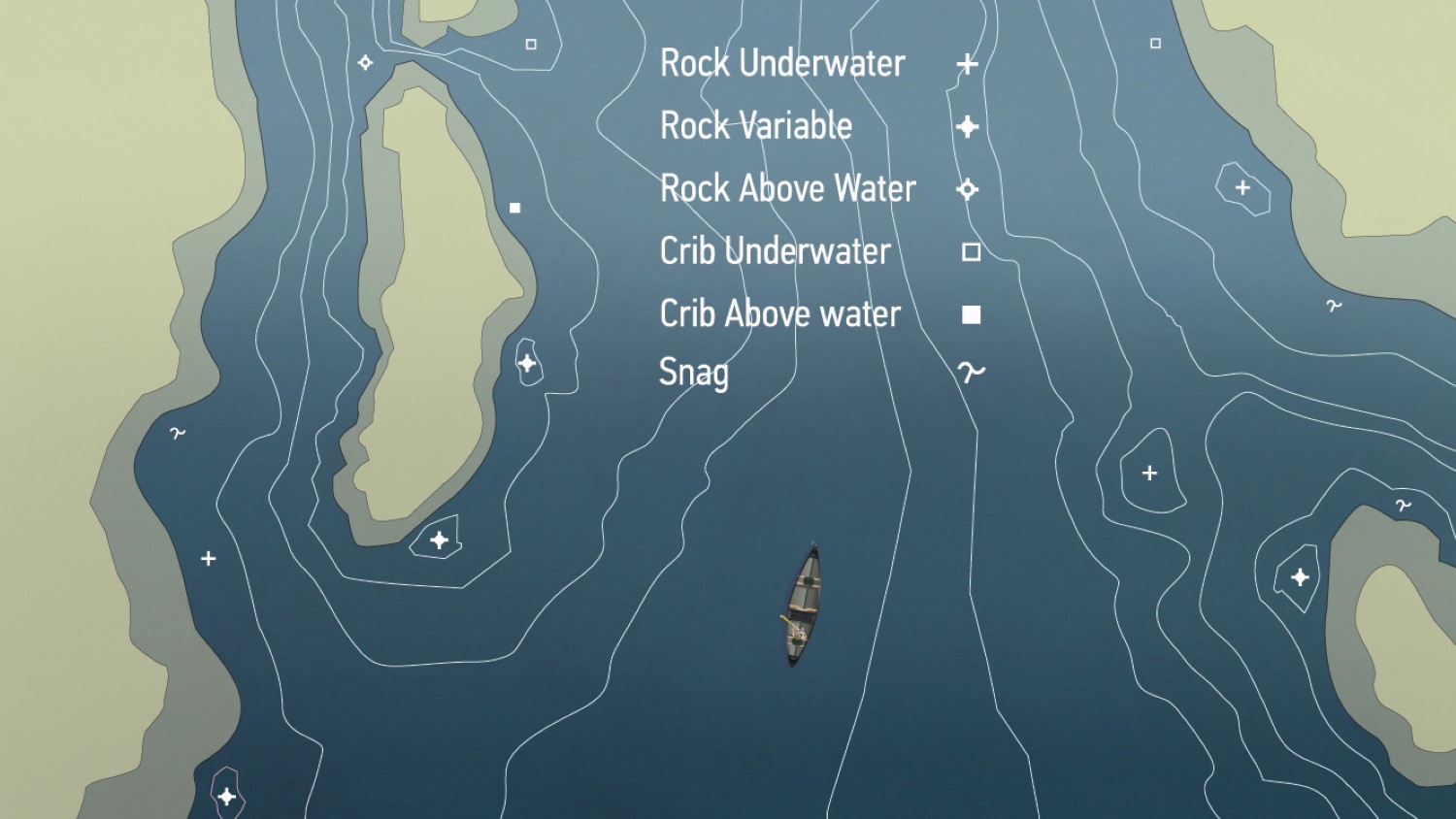
A local hazard could be anything from a riptide, to a submerged rock, to a frequently visiting manatee. Wherever you’ll be paddling, know that local hazards change frequently and can be found in every type of waterway.
Check out your marine charts for any local hazards before paddling a waterway you’re unfamiliar with. Local hazards like riptides, rocks, bridges and heavy motorized boat traffic can cause serious paddling accidents. Talk to local boaters or marina owners—they may be able to offer advice and tips not shown on your marine chart, like a tree that recently fell or the location of a great beach where you could spend the day.
Part of the thrill of paddle sports is that you have the freedom to enter smaller waterways that motorized boats are restricted from enjoying. However, these smaller waterways, like some rivers, may be concealing dangers below the water’s surface. Watch out for any of these hazards:
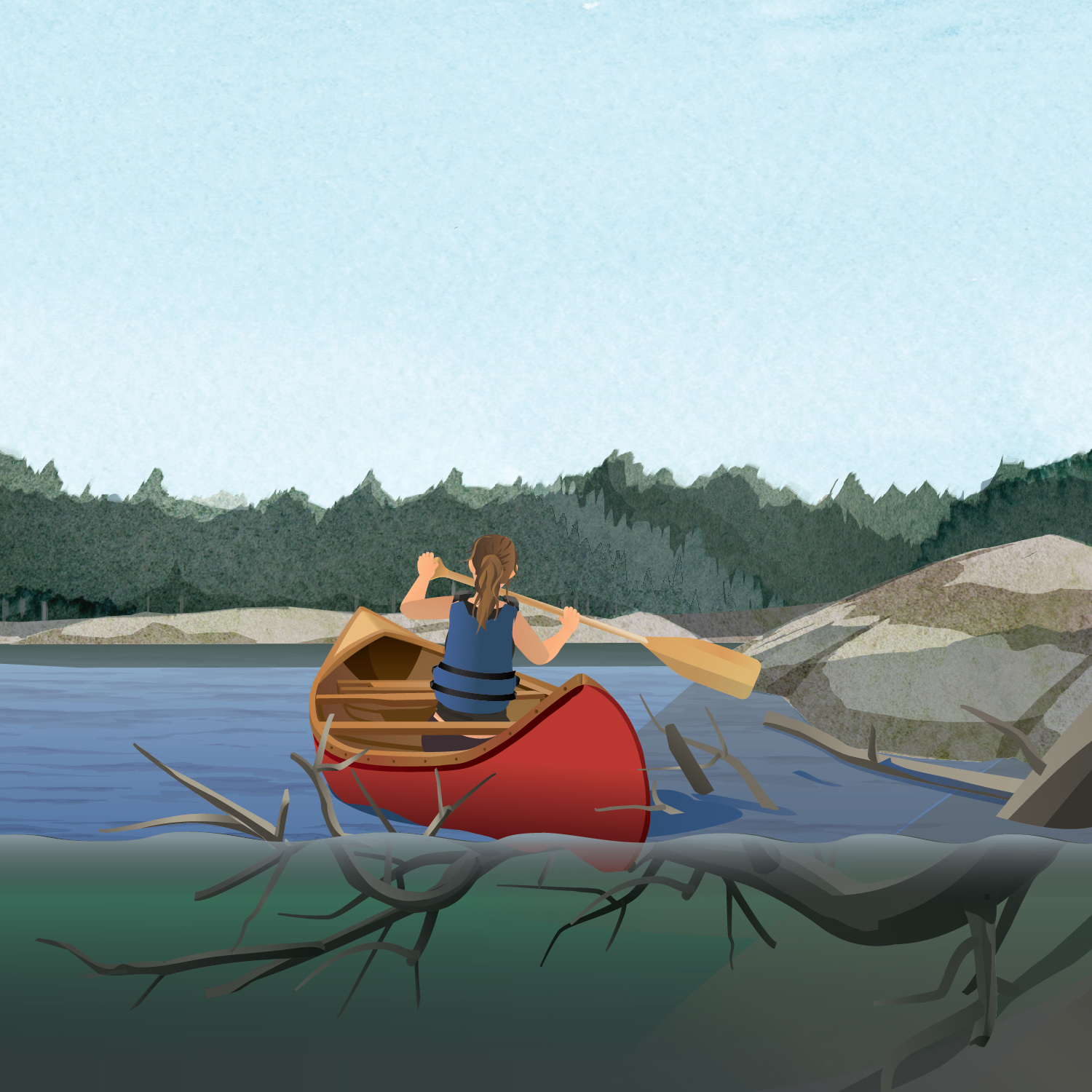
Strainers: A ‘strainer’ is an obstacle that forms out of rocks, fallen trees and other river debris. Water will flow through a strainer but it will stop or ‘strain’ your paddle craft and restrict it from moving forward.
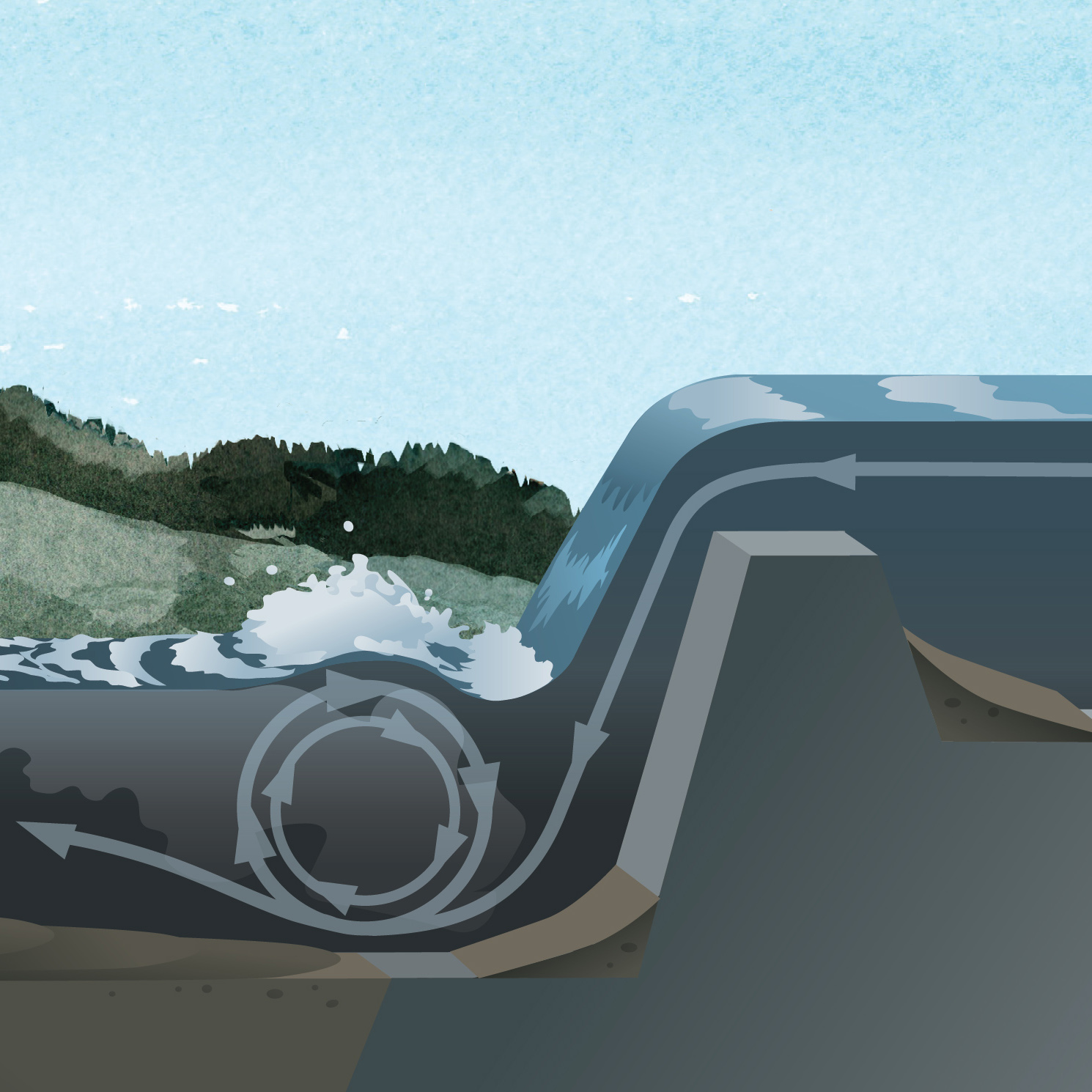
Low Head Dams: These structures are sometimes called ‘death machines’ because they can trap a paddler underwater with the force of their hydraulic or ‘backwash’ current. You should always carry your paddle craft around these areas on the shore and never attempt to paddle over or around them.
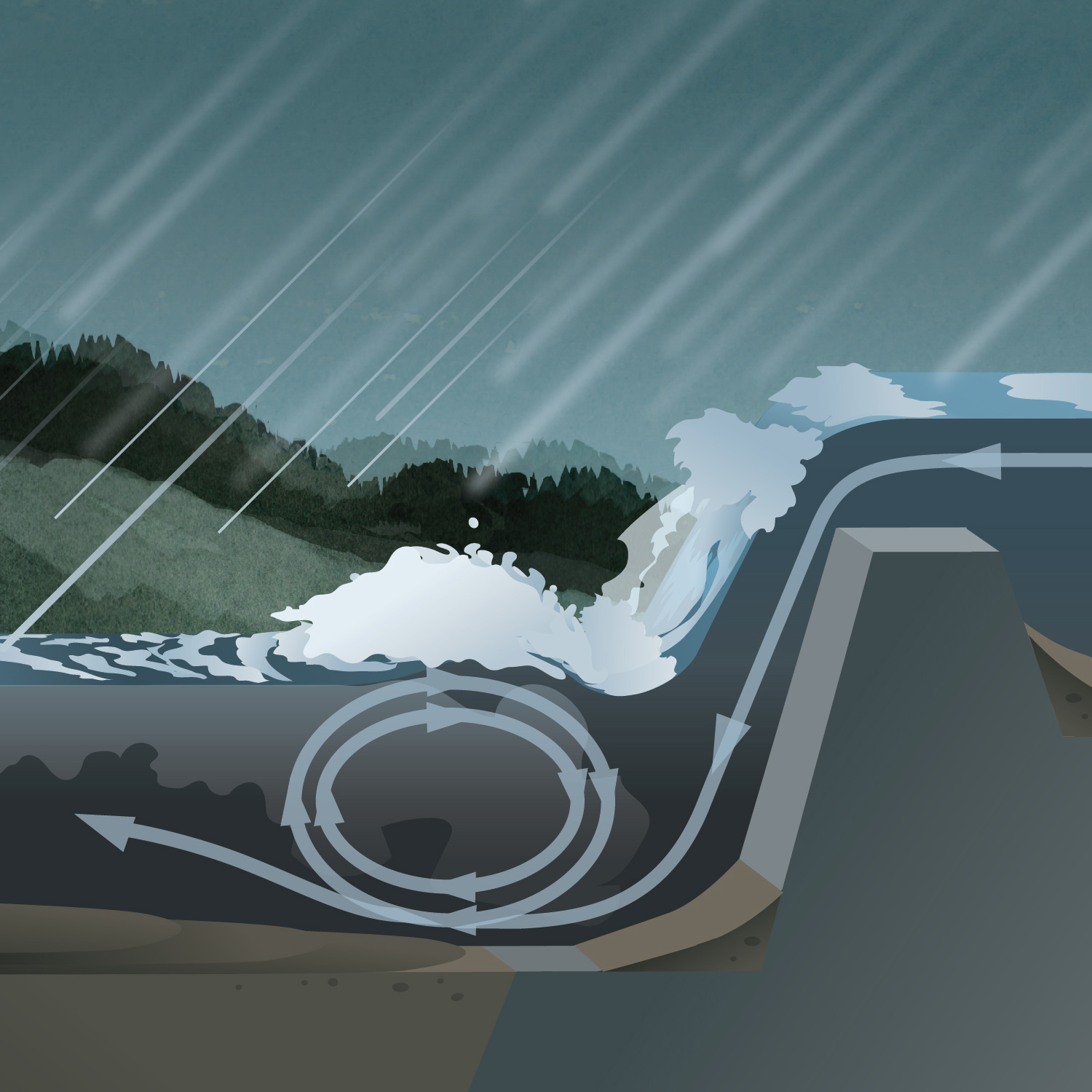
Unusual High Water Conditions: After heavy rainfall or during unusually high water conditions, the current problems of low head dams become even more dangerous because the current can reach much further downstream.
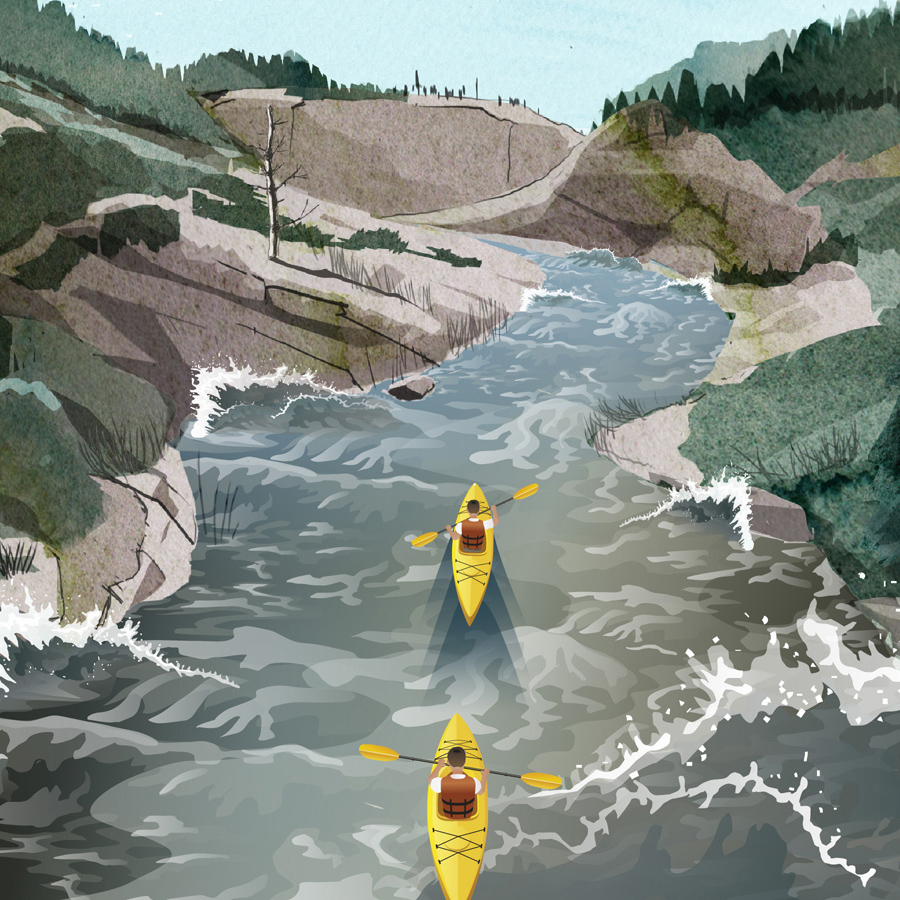
Strong Currents and Rapids: If you’re paddling up a river and approach strong currents or rapids, you should immediately head to shore and carry your paddle craft well past the dangerous area. The current may be too strong to remain in control of your paddle craft.
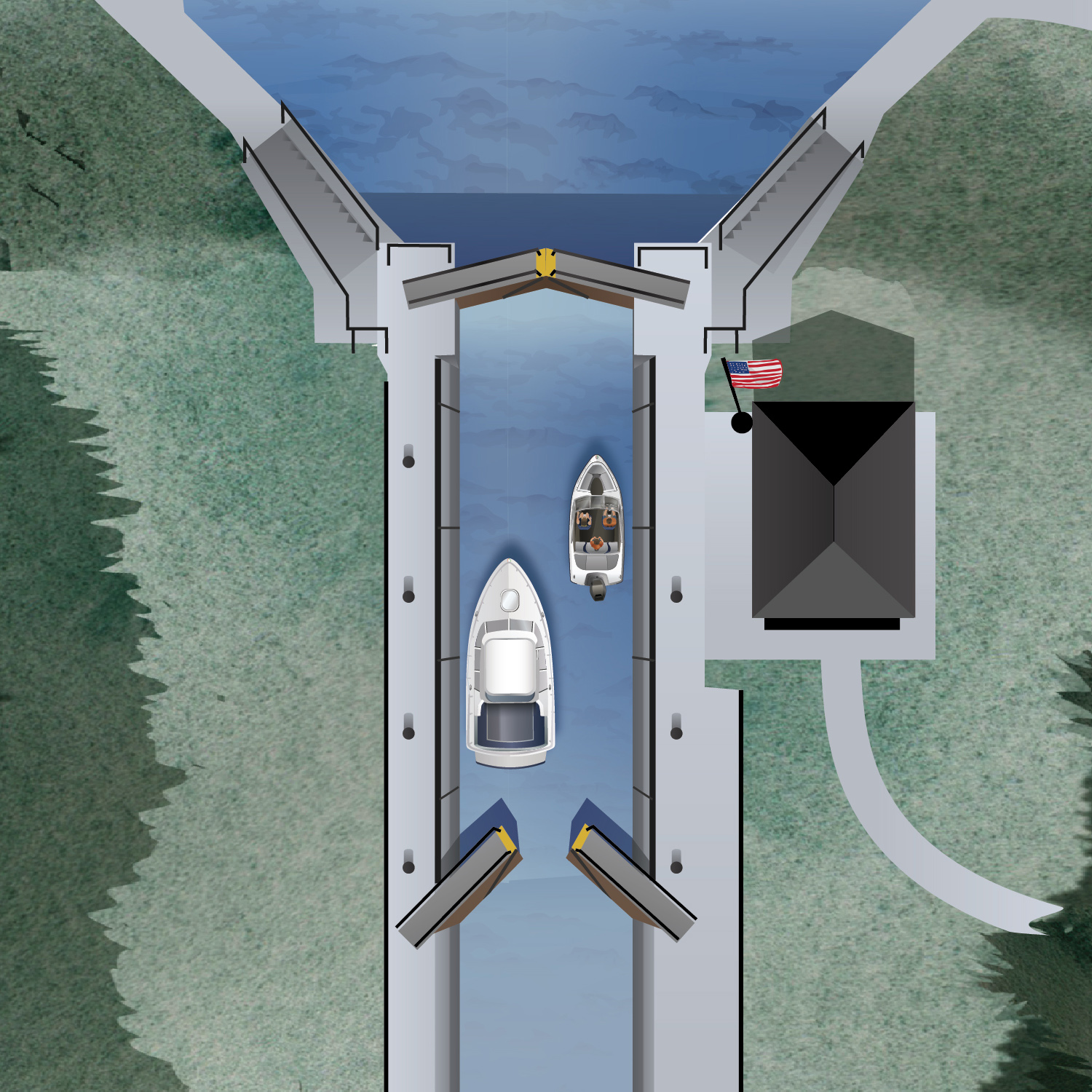
Locks: Avoid paddling near locks and stay away from the larger boats that use them because the strong currents large boats create could drag your paddle craft into their path.
In addition to the these types of smaller waterway hazards, you should also be aware of open water hazards, such as commercial shipping lanes, fishing nets and heavy motorized boat traffic.
When in doubt, go out and SCOUT! If you're unsure of a waterway, your safest option is to walk the shoreline to preview what hazards you may be up against. Wouldn’t you prefer to look at the edge of a waterfall from shore, rather than worry about it once you approach the edge?





